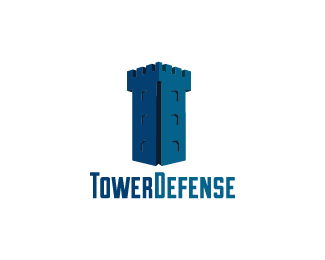Difference between revisions of "F19: Tower Defense in Space"
Proj user10 (talk | contribs) |
Proj user10 (talk | contribs) (→SCHEDULE) |
||
| Line 174: | Line 174: | ||
'''Zach''' | '''Zach''' | ||
* Controller PCB sent out for fabrication<br /> | * Controller PCB sent out for fabrication<br /> | ||
| + | * Design break-out PCB for LED matrix + IO expander /> | ||
| | | | ||
<br/> | <br/> | ||
| Line 182: | Line 183: | ||
* <span style="color:red">Incomplete</span> <br /> | * <span style="color:red">Incomplete</span> <br /> | ||
<br/> | <br/> | ||
| + | * <span style="color:red">Incomplete</span> <br /> | ||
* <span style="color:red">Incomplete</span> <br /> | * <span style="color:red">Incomplete</span> <br /> | ||
|- | |- | ||
Revision as of 04:28, 13 November 2019
Contents
Grading Criteria
- How well is Software & Hardware Design described?
- How well can this report be used to reproduce this project?
- Code Quality
- Overall Report Quality:
- Software Block Diagrams
- Hardware Block Diagrams
- Schematic Quality
- Quality of technical challenges and solutions adopted.
Project Title
Tower Defense ... In Space
ABSTRACT
My abstract goes here.
INTRODUCTION AND OBJECTIVES
|
TEAM MEMBERS & RESPONSIBILITIES | ||||
|---|---|---|---|---|
|
Team Members |
Administrative Roles |
Technical Roles | ||
|
Team Lead |
| ||
|
Git Repo Manager |
| ||
|
Wiki Report Manager |
| ||
|
Bill of Materials Manager |
| ||
SCHEDULE
|
TEAM MEETING DATES & DELIVERABLES | ||||
|---|---|---|---|---|
|
Week# |
Date Assigned |
Deliverables |
Status | |
| 1 | 10/15/19 |
|
| |
| 2 | 10/22/19 |
|
| |
| 3 | 10/29/19 |
|
| |
| 4 | 11/5/19 |
Kelvin
|
| |
| 5 | 11/12/19 |
Kelvin
Polin
Ryan
Zach
|
| |
| 6 | 11/19/19 |
Kelvin
Polin
Ryan
Zach
|
| |
| 7 | 11/26/19 |
Kelvin
Polin
Ryan
Zach
|
| |
| 8 | 12/3/19 |
|
| |
| 9 | 12/10/19 |
|
| |
BILL OF MATERIALS (GENERAL PARTS)
|
MAJOR COMPONENTS | ||||
|---|---|---|---|---|
|
PART NAME |
PART MODEL & SOURCE |
QUANTITY |
COST PER UNIT (USD) | |
|
|
| ||
HARDWARE INTEGRATION PCB
Hardware Design
The hardware integration PCB was designed with two goals:
1. Minimize the footprint of the onboard electronics
2. Minimize the chances of wires disconnecting, during drives
To accomplish these goals,
The board consisted of n layers:
layer name
Technical Challenges
Design
- Balancing priorities between HW design and getting a working prototype
Assembly
- Wireless antenna connector on master board not accounted for in footprint, it may have to be removed to avoid interference with one connector.
Bill Of Materials
|
HARDWARE INTEGRATION PCB | ||||
|---|---|---|---|---|
|
PART NAME |
PART MODEL |
QUANTITY |
COST PER UNIT (USD) | |
TEST
In order
Hardware Design
During
We used
CONCLUSION
This pr
